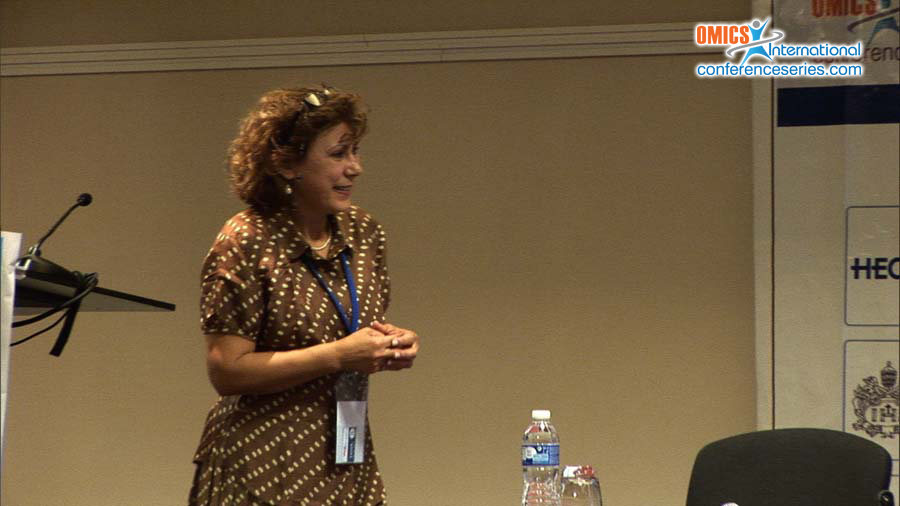
Patrizia Colangeli
Istituto Zooprofilattico Experimental and Molise
Italy
Title: The integration of a laboratory information management system within a national livestock identification and traceability system in African countries
Biography
Biography: Patrizia Colangeli
Abstract
The control of animal diseases relies on rapid, accurate and reliable diagnoses, allowing early detection and response to disease outbreaks. Reduction in diseases, in particular zoonosis and greater safety of food have a direct effect on human health. In addition, the efficiency of a laboratory, and in particular accreditation according to ISO/IEC 17025 standards, is a pre-requisite for countries to access international trade.The LIMS called “SILAB for Africa” (SILABFA) is a web application developed by the Istituto Zooprofilattico Sperimentale dell’Abruzzo e del Molise (IZSAM), it is in routine use in five different National Veterinary Laboratories in Namibia, Botswana, Zimbabwe, Zambia and Tanzania. A LIMS system is an important element of the chain of the traceability system such as the Livestock Identification and Traceability System (LITS) (e.g. LITS in Botswana, NAMLITS in Namibia, TANLITS in Tanzania). The inter-linkage and inter-operability between SILABFA and a LITS system can therefore greatly improve the quality of the entire cycle of livestock production from the field to the laboratory, up to the export process. Such inter-operability can allow to insert data only once in one system and make data automatically available to other systems in use which enables rapid and fluid data transfer. It can then increase the effectiveness and efficiency of services involved in this whole chain, enhancing the exchange of information, promoting a better communication among operators, even across borders and allows a systematic ongoing collection of animal health information available and analyzed by the Epidemiological Unit.
Speaker Presentations
Speaker PDFs
Speaker PPTs Click Here

